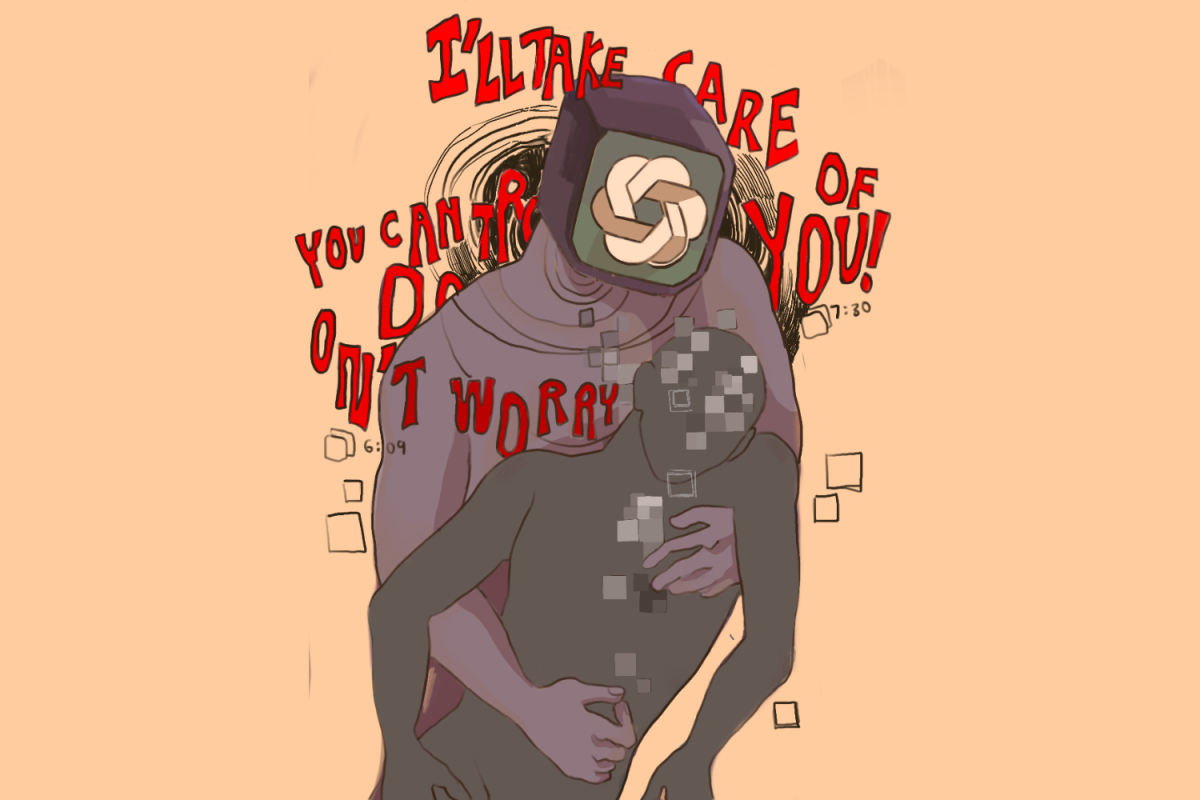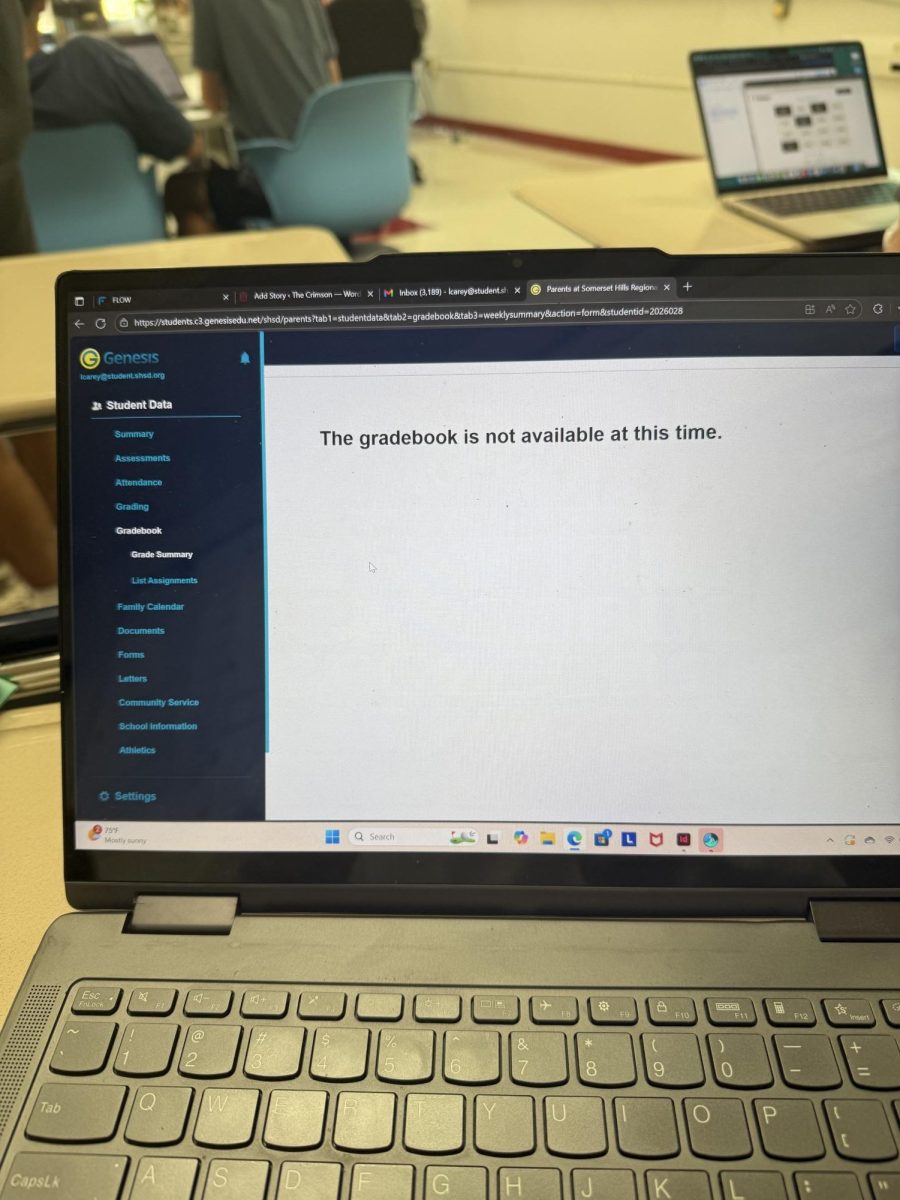“I do solemnly swear that I will faithfully execute the Office of President of the United States, and will to the best of my ability, preserve, protect and defend the Constitution of the United States.”
Since our country’s founding, every president has taken this same Oath of Office during their inauguration. The sacred tradition, created by the framers of our nation, is a promise that, even in the face of unprecedented challenges, our leaders will never abuse the powers entrusted to them and always remain committed to the Constitution.
President Donald Trump, like every U.S. president before him, took his oath on the morning of Monday, Jan. 20, 2025. And yet, in just 100 days, he has managed to break it on countless occasions. He has established an autocratic rule in Washington D.C. that shows a blatant disregard for the separation of powers and now threatens to plunge the U.S. into an unprecedented constitutional crisis.
The Constitution, which has guided our country since 1789, clearly establishes the separation of powers between three branches of government: the legislative branch, which passes laws, the executive branch, which executes laws, and the judicial branch, which interprets laws to ensure they are constitutional.
The Constitution states that the central responsibility of the president is to “faithfully execute” the law. To do this, the president often issues executive orders. Importantly, as the American Civil Liberties Union (ACLU) explained, executive orders cannot override or create new federal laws and statutes. Rather, executive orders simply “tell federal agencies how to implement a statute,” as the ACLU put it.
President Trump, however, has made it clear that he does not intend to follow this system. First, ignoring the separation between the executive branch and the legislative branch, President Trump has used executive orders and the Department of Government Efficiency (DOGE), an initiative headed by billionaire Elon Musk aimed at eliminating bureaucratic waste from the government, to override federal law and dismantle federal agencies.
“It is the power of the Congress to decide what agencies to establish and how much to fund those agencies,” History Teacher Mr. Matthew Valji, who teaches Racism, Genocide, and the Holocaust, a class partially about authoritarianism and fascism, explained. “However, the newly empowered DOGE has usurped some of the power of Congress by going into these organizations and de facto shutting them down.”
Take President Trump’s efforts to dismantle the U.S. Agency for International Development (USAID). USAID was established by the Foreign Affairs Reform and Restructuring Act, a law passed by Congress in 1998. Per the Constitution, while President Trump, as the Executive, has autonomy to decide how to execute this law (via executive orders), he cannot unilaterally decide to ignore the law by dismantling USAID. Only Congress could accomplish this by passing a new law that revokes the Foreign Affairs Reform and Restructuring Act. This same logic applies to all other federal agencies that the Trump Administration is trying to dismantle — notably, the Department of Education, which was, just like USAID, established by a federal law that President Trump is constitutionally-bound to follow.
Arguably, though, President Trump’s more dangerous clash is not with the legislative branch, but with the judicial branch.
In the U.S., when a president passes executive orders that are unconstitutional — such as ones that dismantle federal agencies without direction from Congress — federal judges will swiftly issue injunctions on those orders.
President Trump is no stranger to injunctions, which, in the context of executive orders, is a court order that restricts the president from taking any executive action that may be unconstitutional. For example, on March 18, 2025, a federal judge blocked the Trump Administration from further dismantling USAID, adding that DOGE had likely violated the Constitution. In fact, in just three months, President Trump has already set a record for having more injunctions than any other president in U.S. history.
Importantly, though, judges blocking executive orders is not necessarily bad. Federal law can be difficult to understand, and the Constitution is often ambiguous. So if President Trump had simply issued unconstitutional executive orders, as every president does to some degree, that would not be concerning; it would be forgivable, even.
However, President Trump has gone further — much further.
“When the president starts to disregard court orders, call for the impeachment of a judge, and try to wield their political movement to target judges and their families, then we are entering authoritarian territory,” Mr. Valji explained. “That is what authoritarian leaders do. That is how they take control of an entire government.”
President Trump’s most dramatic clash with the judicial branch thus far came in March, shortly after his administration invoked the Alien Enemies Act, a rarely applied 1798 law that gives the president authority to deport, without due process, undocumented immigrants from rival nations during times of war. President Trump justified his use of the Alien Enemies Act to deport people in the U.S. suspected to be associated with Tren de Aragua, a Venezuelan gang, by arguing that the gang is invading the U.S., therefore bringing the U.S. into a de facto war with it.
Naturally, U.S. District Judge James Boasberg was skeptical of President Trump’s use of the Alien Enemies Act, and ordered the Trump Administration to halt all deportations until he could decide whether this suspension of due process was constitutional. However, despite his use of executive power being checked by the judicial branch, President Trump decided to disregard the court order and continued deportation flights for one night. He also took to his Truth Social account, which has millions of followers, to declare Judge Boasberg a “Radical Left Lunatic” who should be impeached for his ruling.
President Trump’s attacks towards Judge Boasberg are not the first nor will they be the last time that he has clashed with the judicial branch. That being said, his disregard of Judge Boasberg’s order and calls for Judge Boasberg’s impeachment seemed to be a step further than usual, even for President Trump. In fact, Chief Justice John Roberts, one of the Supreme Court’s conservative justices, was so alarmed that he issued a rare public rebuke of President Trump’s actions, calling them “not an appropriate response to disagreement concerning a judicial decision.”
Mr. Valji acknowledged that disagreement between the branches of government can be healthy. “Our system of checks and balances is set up to be an adversarial system,” Mr. Valji added. Each branch of government, and the executive branch in particular, have agendas — often ones that clash. And because of the way the framers designed our Constitution, there are checks to ensure that, if one branch pushes their agenda too far, they can be restrained.
President Trump, like every president, entered the White House in January with a bold agenda. Right after taking office, President Trump tried to push his agenda through a series of executive orders, many of which were found to be unconstitutional. And because of this, just as the framers intended, the other branches of government are restraining him from taking his agenda too far, as they should.
But what should concern us all right now — a concern that is unprecedented and frightening — is that President Trump is undermining, and ultimately ignoring, this system of checks and balances. He has pushed his agenda too far, but instead of accepting this and obeying the other branches, he has chosen to ignore them — and indeed ignore the Constitution.
And with that, we now find ourselves bracing for what is next.
Will President Trump continue taking the U.S. down this authoritarian path? Will he continue ignoring the authority of the legislative branch by dismantling federal agencies? Will he continue disregarding court injunctions? And, most of all, will he continue going after those who stand in his way? This may be judges, such as Judge Boasberg, but also intellectuals, artists, protestors, the press, politicians, and universities who do not kneel to his power. In fact, the Trump Administration has already started silencing dissent on and cutting federal funding to university campuses nationwide.
But if anything is for certain, it is that things feel differently now than they did in 2016 when President Trump first entered the White House. President Trump appears more empowered. And indeed, his ascent to power last November was astounding, something that would explain where this sense of empowerment comes from. He won the popular vote by millions and swept all seven swing states. He overcame two assassination attempts — one by just a few inches — and has expressed his belief that God saved him so he could become president again.
But also in President Trump’s rhetoric this term — calling himself “the king” in an X post, floating the idea of running for a third term, and saying “he who saves his country is above the law” in another X post — he has demonstrated that he clearly views his position of authority differently than past presidents have. Simply put, President Trump believes he holds unassailable power.
So what can we do? In this frightening time of abuse of power, authoritarian rhetoric, and unconstitutional actions on an almost daily basis by the Trump Administration, what can we really do to hold our leader accountable?
History Teacher Dr. Jeff Geoghegan — who teaches Honors U.S. History and Honors Comparative Government, a class that covers authoritarian governments across the world — believes that whenever a branch of government abuses its power and ignores the checks and balances, it becomes up to “leaders, citizens, and institutions [to] hold firm to [the] Constitutional order and not acquiesce through complacency or complicity.”
History Teacher Mr. Damon Halback, who has taught U.S. History and multiple classes about current events and regimes, agrees, expressing that “we’ve created a country that works when people look to the Constitution as a guide to protect individual liberty, freedom of association, and freedom of expression. Any time those things are curtailed, it’s up to us to put forth a counterargument to protect those that are being silenced. And to me, this is not a partisan question. That’s a partisan free statement.”
This “counterargument” can come in many forms. As Dr. Geoghegan noted, it starts with citizens being informed and engaged in civics. It continues with voting — something that young people do at a shockingly low percentage. It means supporting independent journalism, practicing free speech, and, as necessary, resisting through collective action and legal challenges in order to hold leaders accountable. “No matter the source of the threat,” Dr. Geoghegan said, “democracies survive through civil action and engagement.”
Ultimately, the Constitution is fragile. President Trump has demonstrated this in just three months — just imagine what this could mean for the next four years. And as Mr. Valji concluded, “the Constitution is only as powerful as the people who enforce it. Otherwise, it is just 200-year-old ink on some parchment.”
Clearly, our Constitution needs us. Maybe right now more than it ever has before. It is no time to be complacent. Because if we do not stand up for our Constitution now, we very well may find ourselves with no Constitution left to save.
This story was originally published on The Tower on April 29, 2025.






































